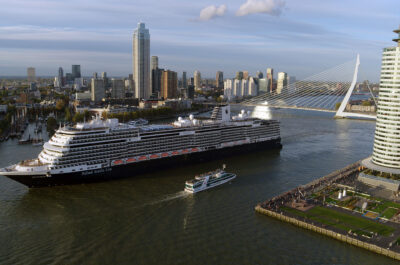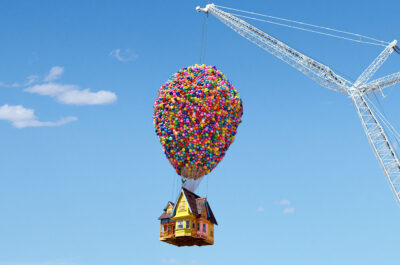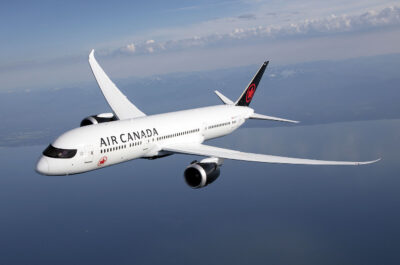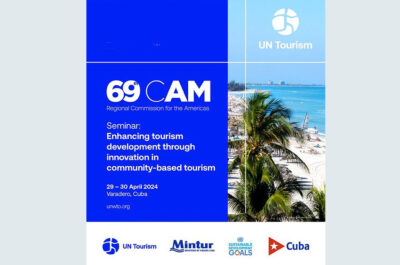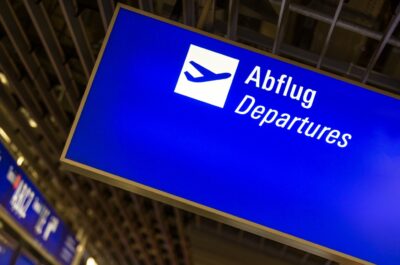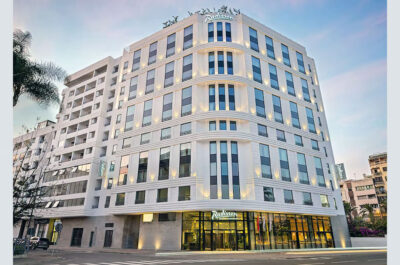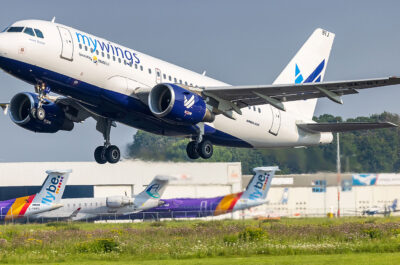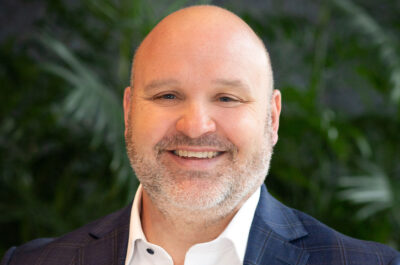As U.S. hotels continue to climb out of the 2001-2003 recession, nationwide occupancy levels are approaching historical record levels…
As U.S. hotels continue to climb out of the 2001-2003 recession, nationwide occupancy levels are approaching historical record levels. However, a closer look finds that not all properties are enjoying the recent recovery. This finding comes from a special analysis of the data collected for the recently released 2005 edition of Trends in the Hotel Industry published by PKF Hospitality Research (PKF-HR), an affiliate of PKF Consulting.
As a whole, our Trends in the Hotel Industry sample achieved an occupancy of 67.5 percent in 2004. This is expected to grow to 69.4 percent in 2005, just below the 69.9 percent pinnacle reached in 2000, said R. Mark Woodworth, executive managing director of Atlanta-based PKF-HR. However, national averages can be deceptive. Therefore, we conducted a special examination of the performance of `same-store` properties, or just those hotels that have been open throughout the last five-year cycle.
Within the same-store sample, a far greater percentage of properties achieved occupancy rates below the magical 70.0 percent mark in 2004 than in 2000. This demonstrates the challenges that owners who have been in the industry for the long haul have had to face in recent years, Woodworth notes. It is interesting to cite industry-wide record levels of performance. However, if you`ve owned and operated a hotel for a few years, your experience may be quite different.
Occupancy is just one of 28 different in-depth analyses found in the just-released 2005 Trends in the Hotel Industry report, marking the 69th annual review of U.S. hotel operations conducted by PKF. This year`s sample draws upon year-end 2004 financial statements received from more than 5,000 hotels across the country.
Less enjoy top performance
During the peak year of 2000, 51.9 percent of the same-store sample attained occupancy levels greater than 70 percent. This compares to 33.2 percent in 2002 and 43.9 percent in 2004. On the other end of the spectrum, the number of properties with occupancies less than 60.0 percent were 16.7 percent in 2000, 31.6 percent in 2002, and 24.7 percent in 2004.
It would be expected that a greater number of hotels achieved superior performance levels during the hey-days, Woodworth said. What concerns us is the relatively slow pace of recovery for those hotels that have been around five years or longer. Fewer of the `same-store` hotels are climbing out of the bottom performance quartiles than we`d like to see.
Affect on profits
Ultimately, it is the bottom-line profitability of the hotel that matters most to its owner. From 2000 to 2004, the average occupancy for the overall Trends sample fell 3.4 percent, which contributed to the 28.9 percent decline in unit-level profits. Profits are defined as income before deductions for capital reserves, rent, interest, income taxes, depreciation, and amortization.
We analyzed our `same-store` sample to see how a hotel`s ability to sustain market share during the recession influenced the bottom-line, commented Woodworth. As expected, those hotels in the bottom-quartile of occupancy recovery lost a significant amount of profits (56 percent) from 2000 to 2004. Surprisingly, the hotels in the upper-quartile still suffered a 1.7 percent decline in profitability, despite a 14.9 percent increase in occupancy. Even the most resilient hotels, in terms of occupancy, were unable to avoid a decline in profits.
Newer does better
The special PKF analysis also found that hotels open prior to 2000 achieved an average occupancy of 67.0 percent in 2004, compared to the overall Trends sample average of 67.5 percent. Conversely, hotels that have opened since 2000 averaged an occupancy rate of 72.3 percent for the year. The force that is rising the tide is the newer hotels, not the older ones. It can be assumed that the newer properties are coming online and taking market share from the existing inventory. While this helps to pump up the overall market average occupancy, it masks the pain experienced by the older hotels in town, Woodworth concludes. It also helps to explain the recent surge we are observing in hotel renovations.
STRATIFICATION OF OCCUPANCY LEVELS
SAME-STORE COMPARISON – PKF TRENDS SAMPLE
|
Percent of Hotels – Total Sample
|
|||
| Occupancy Range
Theodore is the Co-Founder and Managing Editor of TravelDailyNews Media Network; his responsibilities include business development and planning for TravelDailyNews long-term opportunities. 06/05/2024
03/05/2024
02/05/2024
30/04/2024
29/04/2024
| |||



